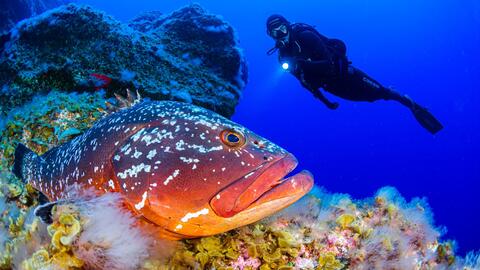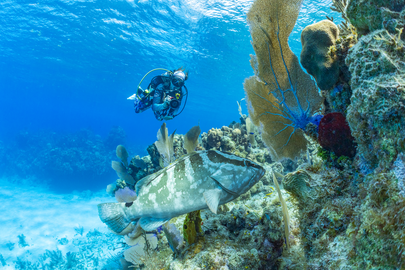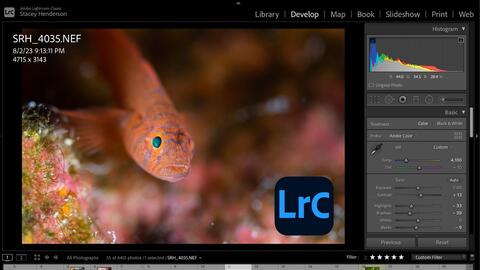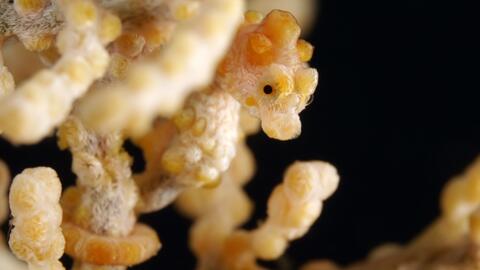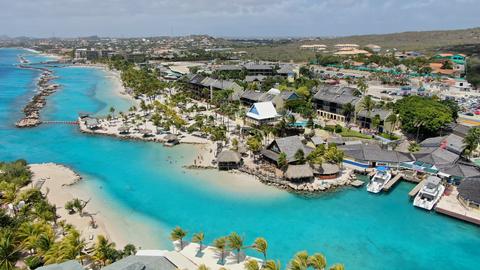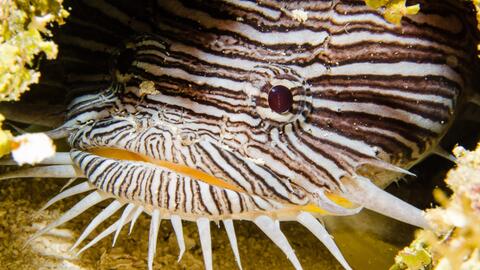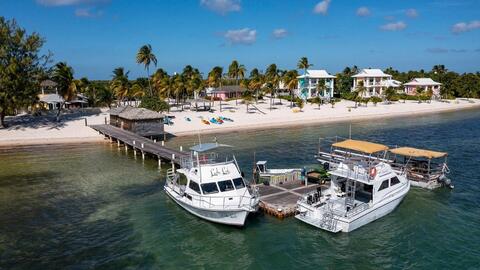This month we are excited to welcome Sara Ayers-Rigsby as our guest speaker. As Director for the Southeast/Southwest Regions of the Florida Public Archaeology Network, Sara designs educational outreach and programming for Florida’s nine southernmost counties. Before this role, she spent 10 years working as an archaeologist, focusing on the southeast and Mid-Atlantic regions. She holds an M.A. in Archaeology for Screen Media from the University of Bristol and a B.A.
El Hierro is the smallest of the Canary Islands and is a UNESCO Biosphere Reserve. The island is volcanic in origin with a moon-like, igneous rock landscape, making for a scenic underwater landscape filled with life.
Join REEF Director of Conservation Science Dr. Alli Candelmo for an exciting update on current REEF research projects, including Grouper Spotter and SMILE (Size Matters: Innovative Length Estimate).
Photo by Tom Sparke
Join REEF staff member and avid underwater photographer, Stacey Henderson as he unveils tips and tricks about using the popular post-processing tool, Adobe Lightroom to edit your underwater photos. Just in time for the 2025 Discover the Sea Photography Contest!
Join this one-way crossing through Indonesia, the world’s no. 1 spot for biodiversity, spending 12 days going through Selayar, Taka Bonerate, and Maumere Bay.
The ideal place to experience the excellent service and the famous hospitality of the Filipino people. Anilao is world famous for its rare critters and muck diving. You will encounter colorful, healthy reefs, and a stunning underwater landscape.
Curacao was rated as one of the top 10 diving destinations by Scuba Diving Magazine readers in 2022. This trip offers diving through Ocean Encounters and lodging through LionsDive. Enjoy 5 days of 2 tank morning dives and 6 days of unlimited shore diving!
When diverse experiences are brought together and amplified, they become a movement, a force for change.
Our annual Cozumel trip is known for its many unique fish finds, including the Cozumel-endemic Splendid Toadfish as well as high concentrations of other interesting species like Cherubfish, Blackcap Basslets, and Sargassum Triggerfish.
At just 10 square miles, Little Cayman remains true to what a Caribbean Island should be. The Island was mostly uninhabited and rarely visited until the mid-19th century and to this day continues to have limited development.


